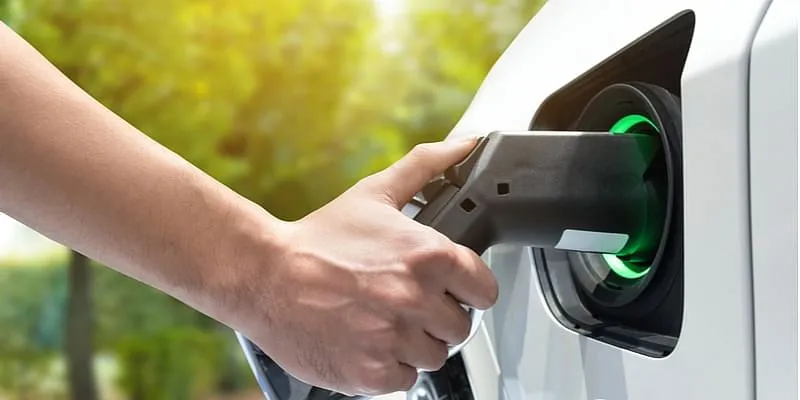Niti Aayog suggests government to provide incentives on EV purchase apart from subsidy under FAME-II
The Niti Aayog in its status quo analysis of electric mobility in India also said the government should include EVs and associated businesses in the priority sector lending category.
Government think tank Niti Aayog has said the government should provide incentives on electric vehicle (EV) purchase over and above the existing subsidy under the Faster Adoption and Manufacturing of Hybrid and EV (FAME-II) scheme.
The Niti Aayog in its status quo analysis of electric mobility in India also said the government should include EVs and associated businesses in the priority sector lending category.
"The government should give EV purchase subsidy over and above FAME-II subsidy along with interest subvention on loan amount taken for EV purchase," the Aayog said.
It further pitched for creation of non-financial incentives, including priority lanes and exclusive parking for EVs in commercial complexes.
The Aayog also recommended providing interest subvention on loan taken for EV purchase.
It also said green zones should be demarcated within cities that permit only EVs, and heavy taxes should be charged on conventional fuel vehicles.
"Green corridors should be earmarked on which only e-buses are provided permit to operate," the Aayog said adding that a national-level policy should be formulated for incentivising distribution utilities on investing in development of EV charging infrastructure.

It also emphasised that financial institutions should be encouraged to extend their lending facility to the electric mobility sector.
"Allow charging infra developer to use certain percentage of allotted land to open public amenities, such as cafeteria and food zones, to have additional revenue stream to ensure sustainability of business (Madhya Pradesh EV policy has made similar provision)," it said.
The Aayog also suggested that the electricity regulator should be mandated to provide mechanism for approval of rate-basing of utility investments in building EV charging infrastructure.
It also pitched for providing opportunity to battery swapping stations to participate in real-time and ancillary service markets.
The government had notified the National Electric Mobility Mission Plan 2020, which seeks to enhance national energy security, mitigate adverse environmental impacts from road transport vehicles and boost domestic manufacturing capabilities for EVs.
In addition to this, the government has notified the FAME-II scheme to stimulate the country's EV market, de-licensed the charging infrastructure business, and specified guidelines and standards for charging infrastructure for electric vehicles.
Currently, the overall share of EVs and low-carbon road transport technology in the total vehicle sales in the country stands at less than 1 percent.
Although, several policy measures have been taken to increase adoption of clean mobility in India. However, the country is still awaiting to witness a large-scale adoption of EVs.
Edited by Anju Narayanan



![[Funding alert] Electric vehicle startup Simple Energy in talks to raise $1M](https://images.yourstory.com/cs/2/11718bd02d6d11e9aa979329348d4c3e/Imagehrn6-1595836341886.jpg?fm=png&auto=format&h=100&w=100&crop=entropy&fit=crop)




